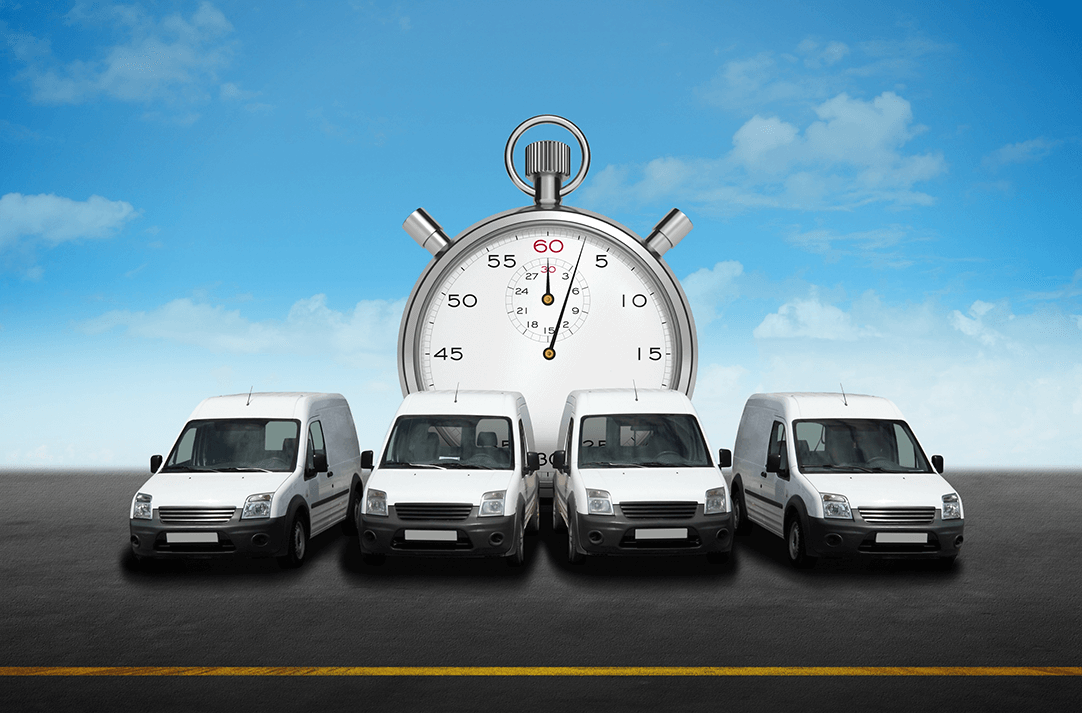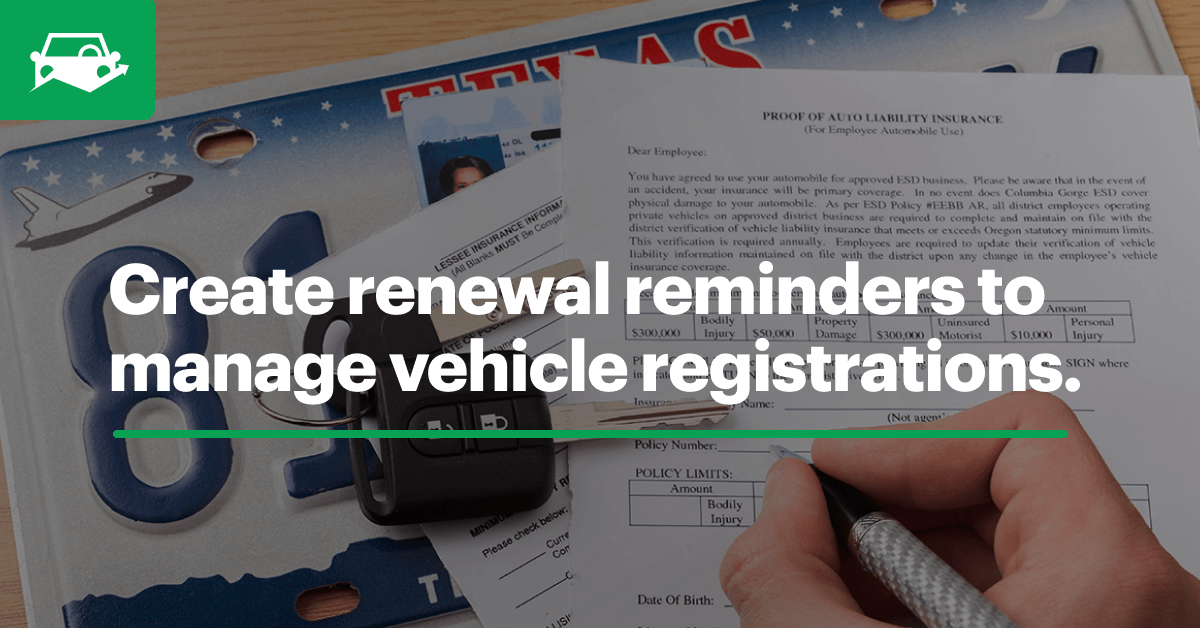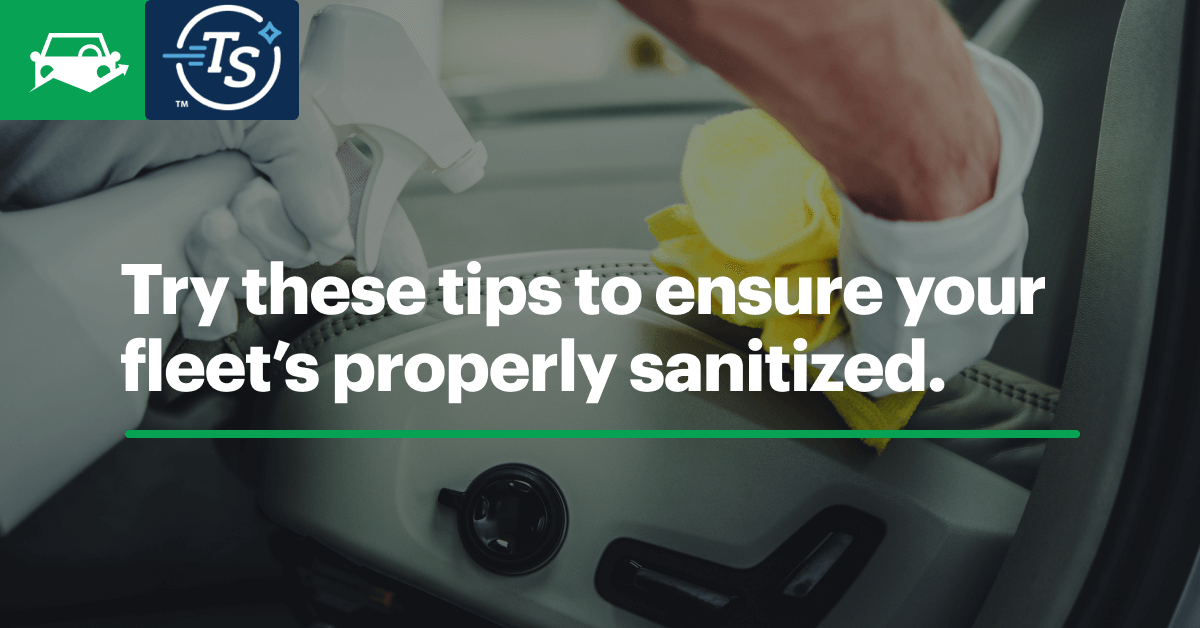Fleet management in general terms is the actions one takes to maintain the successful operation of a company’s mobile assets. But what does fleet management specifically entail? What is required to make those crucial decisions? Let’s take a look at everything you need to know about fleet management.

What is Fleet Management?
For businesses to maintain sustainability, having someone to effectively manage a fleet is simply a necessity. Whether you’re a local plumbing company, regional contractor or a global broadcast service provider, your business relies on its assets to generate revenue.
Fleet management boils down to a few major components: 1) managing costs, 2) maintaining the function of assets and 3) overseeing those that operate and repair assets. There is some overlap with these three components, but each has its own detailed segmentation to understand.
Managing Fleet Costs
Fuel costs
When breaking down fleet costs, fuel ends up being the largest operational expense for fleets. As of May 2019, gasoline prices nationwide stood at an average of $2.88 per gallon (according to AAA).
With assets constantly on the move and drivers filling up at the pump regularly, it’s important to keep track of your fuel costs in order to calculate your fleet’s entire cost.
One of the most efficient ways to determine the fuel cost per mile is to consider using a telematics device.
A telematics device will automatically track mileage and diagnostics. You can sync the data with a fleet management software that will do all of the calculations for you. This can be done very easily and isn’t as intimidating to implement as one might imagine.
Additionally, you can integrate your fleet fuel cards directly to a fleet management software.
This will allow you to automatically track expenses, determine miles per gallon and even the cost-per-mile for assets. All without having to deal with fuel receipts.
If you're noticing large amounts of fuel consumption and your fuel costs are skyrocketing, it might be time for you to consider switching to biofuels across your fleet. Learn how you can prepare for the use of biofuels across your fleet.
Fleet telematics and asset tracking
Telematics can also be useful to help fleet managers track assets. Let’s say you manage a last mile delivery fleet.
Of course, the primary duty of the fleet is to fulfill all deliveries to the client in a timely manner.
However, if one or two routes are affected by traffic or road construction, this could cause delays that would undoubtedly disappoint clients.
Not only that, the delay could cost the company in the form of paying overtime wages, extra fuel costs and a loss of earnings potential for the asset.
Tracking a fleet using telematics and fleet management software provides dispatchers and administrators a solution to avoid delivery bottlenecks.
With these tools, you’ll gain visibility into the real-time location of your drivers and be able to take swift action if necessary.
Asset utilization
Whether it’s a Caterpillar excavator, Class-8 Peterbilt truck or a sprinter van, quality assets don’t come cheap. Developing the right initiatives to monitor the value of your assets over the ownership span will enable you to maximize your return on investment.
In order to get the most out of your assets, you must understand your total asset utilization. This includes your assets’ average miles or hours of use per day.
If you manage a fleet of assets for a city or municipality in a warmer climate and you don’t use your snowplows often, do you possibly have too many on hand?
Or during the last winter storm were you lacking coverage to plow the roads in a timely manner and need more snowplow equipment for the next blizzard?
These are the asset utilization levels you need to determine as a fleet manager to find a balance that is sustainable and avoid the risk of overspending or being unprepared.
Vehicle depreciation and replacement strategy
According to Carfax, a new vehicle loses 20 percent of its value after the first year of ownership. The numbers can be even more alarming for heavy equipment and other specialty assets.
That kind of equity loss might force you to consider whether you should lease or purchase your fleet vehicles.
When considering replacing an asset you’ll want to determine things like:
- What does the annual maintenance cost? How does it compare to the total cost of a lease?
- How many miles/years/hours will your replacement strategy revolve around?
- How often would you have to renew or start a new lease program?
- Are there certain lease restrictions (like customizing an asset or mileage) that don’t coincide with your needs?
- On average, what return are you able to get when reselling an asset you’re ready to replace?
Another option is to consider purchasing used assets. If you’re confident in your maintenance vendors (or internal team) and can maintain an asset within your budget, it could be advantageous for you to go used.
Purchasing a used asset allows you to capitalize on that initial 20 percent drop in equity in the first year of a vehicle or asset at the expense of the original owner. That said, you'll want to make sure you have a service history of the vehicle and have it inspected by a trusted technician before purchasing.
As a fleet management expert, these are the costs you will have to break down and analyze.
Relying on fleet management software like Fleetio will be the best way to automate the majority of this work and help you make the most informed decisions.
Fleet reports
Compiling fleet cost data is only half the battle. Data is extremely valuable to help determine decision making and has a tremendous impact on budgeting. However, your data is only as powerful as your ability to understand it.
Fleet data dumps into spreadsheets are overwhelming, and the lack of organization can lead to significant errors. Countless hours have been spent trying to organize the data and create reporting metrics from these spreadsheets.
With fleet management software, you’ll be able to break down key asset data like fuel costs, vehicle maintenance and utilization - all updated in real time.
From there, you can create custom fleet reports and have them sent directly to your inbox or generate PDFs that you can share with other stakeholders.
Managing Fleet Maintenance
Since assets aren’t earning if they aren’t running, maintenance management is one of the most important functions for fleet managers.
Whether you outsource maintenance or handle it in-house, you should be tracking the history and costs of your assets’ maintenance.
It might sound like a broken record at this point, but fleet maintenance software offers the solutions fleet managers need to easily monitor maintenance and receive notifications when an asset is due for work.
Once more, you should create a preventive maintenance schedule in order to determine how often your assets require maintenance. The cadence of your maintenance schedule will be critical to not only keep assets running but limiting the potential to overspend on maintenance.
Here are five fleet maintenance solutions that could help you improve your fleet.
Of course, there are a variety of details addressing what fleet management is that we weren’t able to cover in this post. Fear not, though, we have just the solution!
Take a moment to schedule a demo with a Fleetio expert who can walk you through all of the fleet management tools Fleetio offers to make your life as a fleet manager easier!
Or if you’re ready to dive in, start your free trial of Fleetio today!





